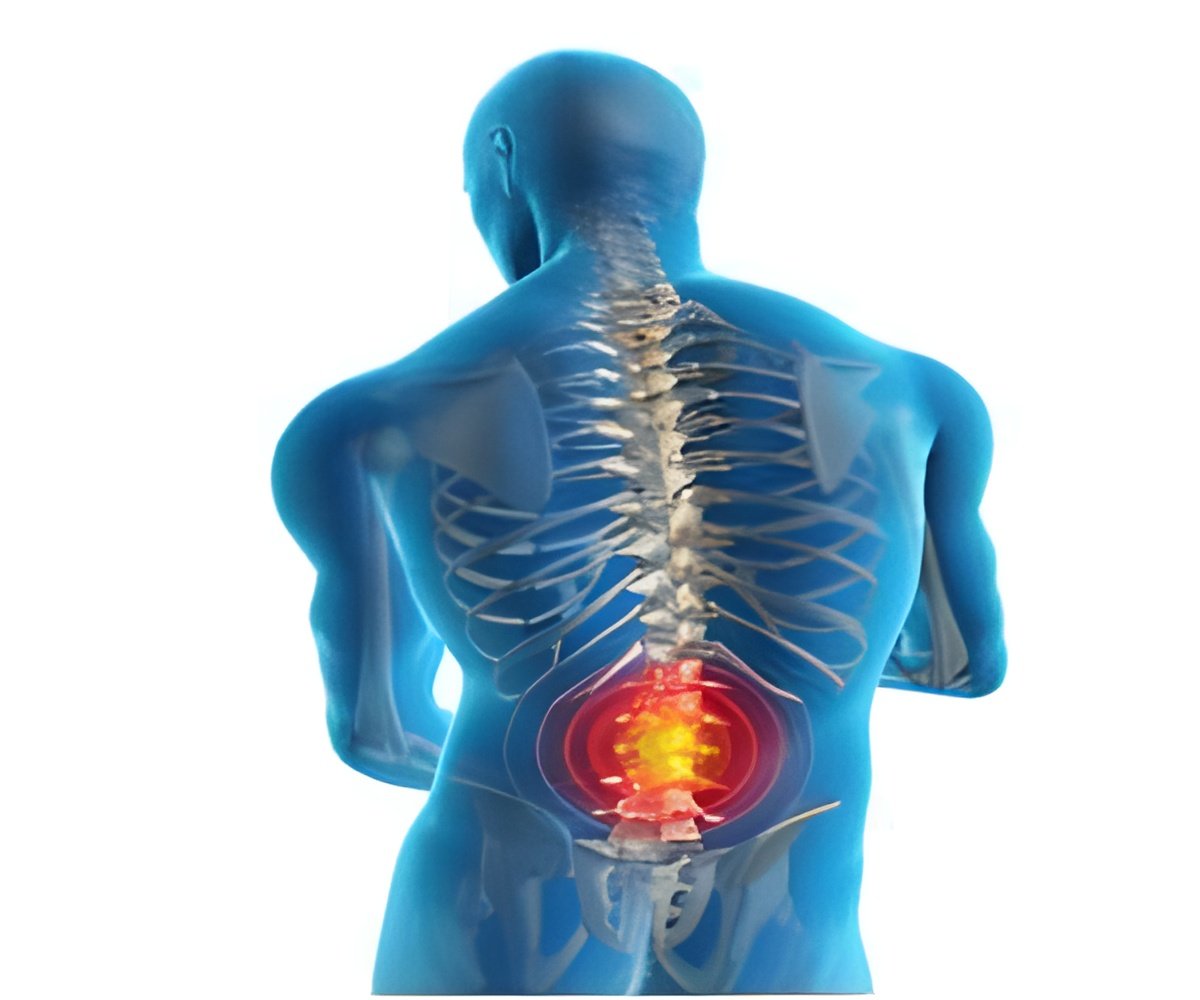Study says treatment of a vaso-occlusive crisis in the hospital with inhalation of nitric oxide gas for up to 3 days did not result in a shorter time to resolution of the pain

To further evaluate the efficacy of inhaled nitric oxide, Mark T. Gladwin, M.D., of the University of Pittsburgh, and colleagues conducted a phase 2, randomized, placebo-controlled, multicenter study. The trial, which took place at 11 centers between October 2004 and December 2008, included 150 SCD patients with VOC who were randomized to receive up to 72 hours of inhaled nitric oxide gas vs. inhaled nitrogen placebo. The primary outcome measured was the time to resolution of a painful crisis, defined by freedom from parenteral (by injection) opioid use for 5 hours; pain relief as assessed by certain scores on a visual analog pain scale (VAS); ability to walk; and the patient's and family's decision, with physician consensus, that the remaining pain could be managed at home.
The researchers found that time to VOC resolution did not differ significantly according to treatment. The estimated median (midpoint) time to resolution of crisis was 73 hours for the inhaled nitric oxide group and 65.5 hours in the placebo group. Additionally, other analyses did not differ significantly according to treatment, including median length of hospitalization (4.1 days vs. 3.1 days for inhaled nitric oxide vs. placebo, respectively); average VAS scores at 24 hours; and median total opioid use. There were also no differences between the groups in the percentage of participants who developed ACS requiring a transfusion over the entire study period or in those with ACS as a reported serious adverse event during study gas inhalation.
Inhaled nitric oxide was well tolerated, with no increase in serious adverse events.
"In summary, the results of this study indicate that inhaled nitric oxide in the doses and methods of administration used in this study does not reduce VOC severity in SCD. These results underscore the need for new agents and a sustained clinical trials apparatus for studying VOC, with sufficient numbers of patients to provide adequate power to rapidly test promising therapeutics in patients with SCD," the authors conclude.
Advertisement








